Klang der Stille – RIAS Kammerchor & Amadinda Percussion Group, Müpa, 20 October 2019, 7:30 PM
Silence, calmness, spirituality, mystical experience of the divine – music from the 20th and 21st century evokes an experience which is with us since the very beginning of humankind. This is the joint project of a world-leading Berlin choir, a Hungarian percussionist group, and a British musical genius. It is hard to refer to James Wood otherwise, as he is composer of one of the performed pieces, conductor of the choir and the orchestra, and as percussionist himself, he could join the group anytime. I asked him about his relocation to Germany, the upcoming concert, his piece Khamush, and the spiritual depths of music.
Your musical career is more than intriguing, being composer, conductor and percussionist in one person. How is it possible to switch between different roles, e.g. conducting your own piece, or a whole band of percussionists?
In our world of ‘experts’ and ’specialisation’ I have always found that being active, and, dare I say it – ’specialist’ – in a wide number of different musical activities not only fulfilling for oneself, but also highly beneficial to all those diverse areas in which one is engaged. For example, even within the realm of choral music the musical establishment like to partition off their ’specialists’ in Renaissance music, in Baroque music, in Romantic music and in contemporary music, as if it were unthinkable that any musician could possibly excel in more than one of these areas! My philosophy has always been to engage in as diverse a range of musical styles as possible, on the basis that proficiency in one area, for example Renaissance music, brings a greater understanding to ones proficiency in another, for example contemporary music. Exactly the same is true of apparently even more diverse activities, such as percussion playing and choral conducting. In this case, the precision required in percussion playing brings a vitally important discipline to the domain of choral conducting, and the notion of ‘breathing’ also brings an important dimension to the interpretation of even the most rhythmically complex contemporary music. Thus I have always found the combination of working with both singers and percussionists a specially challenging and invigorating experience.
As a British musician, how did your cooperation start with the RIAS Kammerchor? As far as I understand, you even moved to Germany for them. What did you find the most appealing in their work?
In 2006 I was lucky enough to be invited to take over from the then conductor of RIAS Kammerchor, Daniel Reuss, for a tour of USA and Canada that autumn. Although I had already been working regularly with the Berlin Radio Choir for several years, the experience with RIAS was very special indeed. We took three very different programmes of music ranging from Schubert to Mahler and Brahms, to Gubaidulina and some other contemporary pieces – almost all a cappella programmes – which throughout the tour grew and grew in ’togetherness’, as so often happens with tours. The RIAS sound was very different to that of my New London Chamber Choir, and this opened a new chapter in my choral conducting experience. It is exactly this ’sound’ which excited me so much when contemplating the composition of Khamush.
How did the cooperation with the Amadinda Percussion Group start? What are the biggest challenges or highlights in bringing together a choir, an orchester, and a conductor, all from different countries?
I have known Amadinda since they were first formed in 1984 – in fact I have known Zoltán Rácz since he arrived in Darmstadt in 1982, my first year as Professor of Percussion at the Internationale Ferienkurse für Neue Musik – and I had the great fortune to be invited to compose a work for them in 1988 – Village Burial with Fire – which we toured in the UK that autumn. Amadinda also came to London in 2003 to take part in a Prom concert with my New London Chamber Choir – we performed my Tongues of Fire as well as Xenakis Idmen – it was an unforgettable experience. After moving to Germany in 2007 I was keen to try to set up a collaboration between RIAS Kammerchor and Amadinda; it took a few years to bring this to fruition, and we first worked together for the Premiere of my Khamush in Berlin in 2017. In my experience there is rarely any problem combining groups from different countries – that is the wonderful thing about music, which is universal language. The great challenge is that which we have already discussed – bringing together the ‘breathing’ of the choir with the precision of the percussionists!
Let’s talk about your own piece a bit. In a video, you claim to have been inspired by Rumi’s poetry. Can you tell us a but more about it, why Rumi, why Khamush, what does exactly Khamush mean?
The text of Khamush is in Persian, and the word ‘Khamush’ is a concept which appears throughout Rumi’s poetry, normally in the final stanza of a poem. It rather difficult to translate precisely in one word, but means literally ’to close’ or ’to turn off’ (for example to turn off a light). It also means to close one’s mouth, to stop speaking and remain silent. No matter how wild, noisy or exciting the events depicted in each poem, Rumi always returns us to the quiet, reflective state of Khamush in the final strophe – this is to allow ’the giver of speech to speak’ thereby allowing us ’to open our hearts and enjoy the connection with God’.
This show consists of four works by three composers. Why were exactly these chosen, what brings them together?
The original idea of this programme was to explore different example of ‘quietness’ and ’stillness’ – although the precise content of the programme is somewhat different to that in 2017, the idea is still the same. Morton Feldman’s Rothko Chapel was commissioned to be performed in the famous meditation centre of that name in Houston Texas, and so it is of course the perfect work to include in this context. John Cage’s NUMBER pieces almost all tend to be meditational in character (depending, of course, on the interpretation, which can vary widely), and Amadinda’s version of THREE2 is characteristically meditative and therefore brings a further element of stillness.
In the same video, you claim that human voice and percussion were the very first ways for humans to express themselves musically, and melody and rhythm are in „perfect contrast”. Have you ever perceived your musical activities as a spiritual or mystical experience, a way of connecting to feelings as old as humankind?
I have always believed that percussion and voice must have been the archetypes of music-making on this planet, and indeed they are perfectly complementary in providing pulse and rhythm to a sung melody. For me, music has always been a spiritual and mystical experience, and therefore the aim of composition is totally bound up with this phenomenon. The question of antiquity, or tapping into archetypal forms and feelings, is one which has always fascinated me. I am in fact in the process of writing a book on the subject – the starting point of the book promotes the idea of tapping into very ancient compositional techniques, such as those in Ancient Greece, Persia and India, in order to form a foundation for ones own music which is completely free from the accepted techniques which have been passed down over just the last 300 years or so. The book goes on to present a detailed study of music theory of Ancient Greece and Ancient India, in the three distinct domains of pitch, mode and rhythm. I hope I will live to complete it!

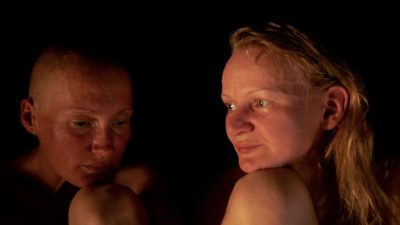
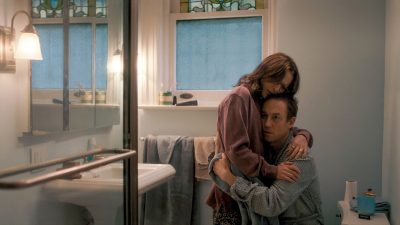
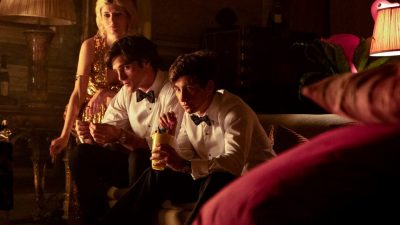
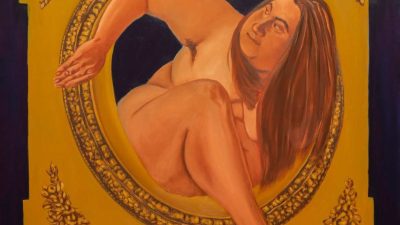
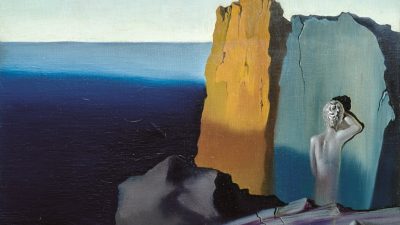



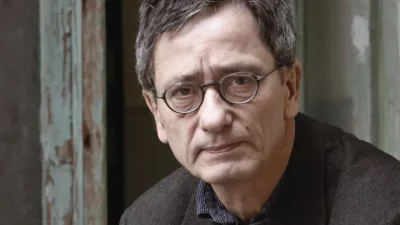



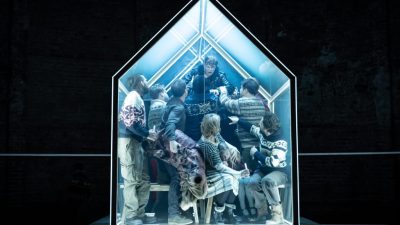






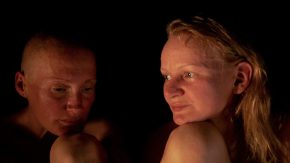


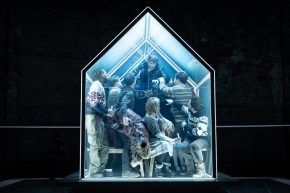


Comments
1 Responses to “Music that shows you how deep can silence be – interview with James Wood”